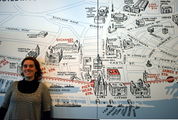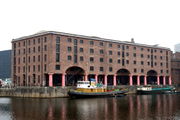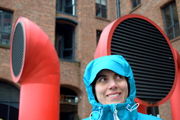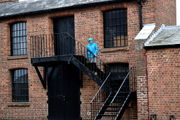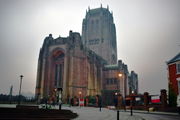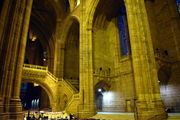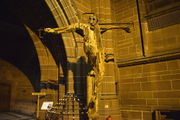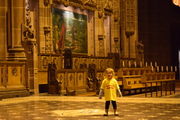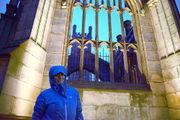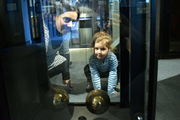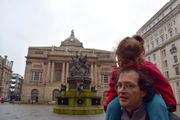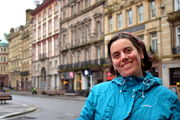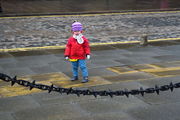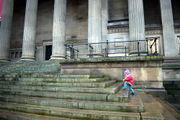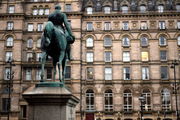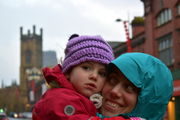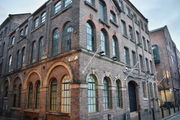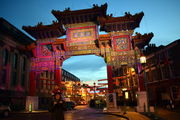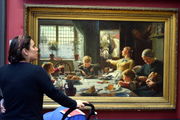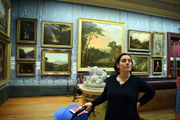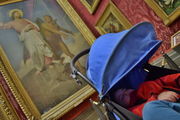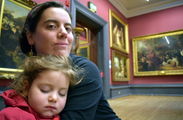Contents |
Liverpool
Liverpool was Europe's Port to the Americas. It is one of the famous symbols of England, the cradle of the Beatles, it is now a thriving city with a good quality of life and many museums.

It used to be the second city in England, boosted by its port activity, but with the latter's decline, it lost its importance in the 20th century. It is also infamous for its key role in the slave trade.
We visited it on 3 March (2018) for two days to get a glimpse of this legend.
Things to do/see
-
 March 2018 Pier Head Waterfront (Unesco)
March 2018 Pier Head Waterfront (Unesco)
-
 March 2018 Albert Dock
March 2018 Albert Dock
-
 March 2018 Walker art gallery (the largest national museum collection outside of London)
March 2018 Walker art gallery (the largest national museum collection outside of London)
-
 March 2018 Liverpool cathedral.
March 2018 Liverpool cathedral.
-
 March 2018 Chinatown.
March 2018 Chinatown.
- Liverpool library.
- Penny lane
- Cruising the Mersey
- Liverpool Metropolitan Cathedral
- Eat scouse (local lamb stew).
Gallery
These are some pictures from our March (2018) visit.
We have been touring the many museums, including the Beatles one, which is not, however, interesting (more for the fetishist kind of people). The slavery museum is also disappointing. Others (Tate Liverpool, Liverpool museum and World museum, are worth a visit). The real highlight, however, is the Walker gallery, which hosts many pieces of top-international importance and an impressive exhibit overall. The docks are not particularly stunning but their importance and fame is such that you can't help but feel in a privileged spot of British history. The Anglican cathedral was a pleasant surprise. A recent building (constructed between 1904 and 1978), it is, like the Sagrada Familia in Barcelona, a treasure of crafted architecture, with many details and a complex and symbolic architecture. It is also the largest religious building in Britain. The streets of Liverpool, such as Bold street, are bursting with activity and nice restaurants, while others, like Renshaw street, offer magnificent views of the city.
The Albert docks...
a brick heritage of the maritime and industrial might of England.
The Bombed Out Church, a testimony of the 1941 Liverpool blitz.
A look of British India in Williamson square.
Walker Art gallery
One of the highlights of our visit was the Walker Art gallery:
With Rodin's sculptures and famous masterpieces (here Bonaparte crossing the Alps) scattered in the corridors.
The temptation of Christ, while mankind sleeps (in an allegory to the agony in the garden).
